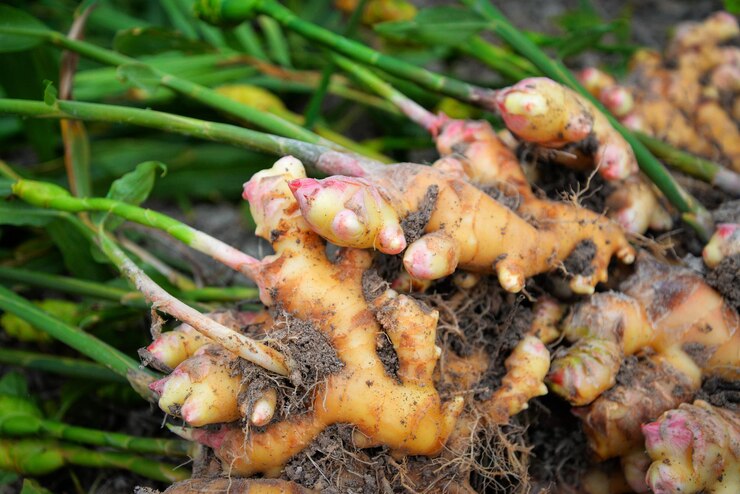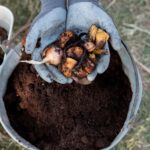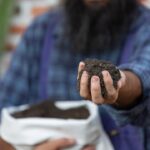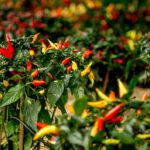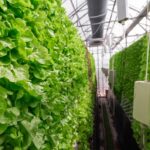Ginger farming is becoming an increasingly popular agribusiness venture thanks to the crop’s high demand in food, herbal medicine, and export markets. Known for its spicy flavor and medicinal properties, ginger is a tropical root crop that thrives in warm, humid climates with well-drained soil. Whether you’re a beginner farmer or looking to diversify your farm, this step-by-step guide will walk you through everything you need to know about ginger farming—from land preparation to harvesting.
Start by selecting a location with the right environmental conditions. Ginger grows best in warm, humid areas with temperatures between 20°C and 30°C and annual rainfall of 1,200 to 1,500 mm. The soil should be loose, loamy, and rich in organic matter with good drainage. Avoid heavy clay soils and waterlogged areas, as ginger is highly sensitive to root rot.
Next, prepare the land thoroughly. Clear any weeds or previous crops, then plough the soil to a fine tilth. Add well-decomposed compost or farmyard manure—about 20 to 25 tons per hectare—to enrich the soil and improve structure. If soil tests reveal acidity, apply lime to adjust the pH to between 5.5 and 6.5. Raised beds or ridges about 15 cm high and 30–40 cm wide are ideal for planting, as they help with drainage and root development.
For planting material, use healthy, disease-free rhizomes from a reliable source. Cut the rhizomes into 3–5 cm pieces, each with at least one healthy bud or eye. Allow the pieces to cure in a dry, shaded area for a day or two before planting to prevent rot. Plant the rhizomes 5–10 cm deep and 20–30 cm apart in rows spaced 30–40 cm apart. The ideal time to plant ginger is at the beginning of the rainy season when the soil is moist and warm.
After planting, mulching is essential. Use grass, dry leaves, or compost to cover the beds. Mulching conserves moisture, suppresses weeds, and improves soil fertility as it decomposes. Ginger requires consistent watering, especially during the early stages. In dry areas, drip irrigation is recommended to maintain soil moisture without waterlogging.
Fertilization is crucial for good yields. Apply organic manure during land preparation, then follow up with nitrogen-rich fertilizers after sprouting. A typical recommendation is to apply nitrogen, phosphorus, and potassium in a ratio of 75:50:50 kg/ha split into three or four doses throughout the growing season. Conduct soil testing to tailor fertilizer application to your specific conditions.
Weeding should be done regularly, especially in the first two months. Hand weeding or shallow hoeing helps avoid damaging the shallow roots. Earthing up—pulling soil up around the base of the plants—is also beneficial and should be done after each weeding to support growth and protect the rhizomes.
Ginger is susceptible to pests such as rhizome flies, shoot borers, and nematodes, as well as diseases like soft rot, leaf spot, and bacterial wilt. Practicing crop rotation, using disease-free planting material, and applying biofungicides or organic pest control methods can significantly reduce the risk of infestation. Avoid overwatering and ensure proper spacing for air circulation.
Harvesting usually takes place 8 to 10 months after planting, once the leaves start yellowing and drying. Carefully dig up the rhizomes using a hoe or fork to avoid damaging them. For baby ginger, harvesting can be done as early as 5 to 6 months. After harvesting, wash the rhizomes thoroughly, cure them in a shaded, well-ventilated area for a few days, and store in cool, dry conditions.
With proper care, ginger farming can be highly profitable. On average, one hectare of well-managed ginger can yield 15 to 25 tons of fresh rhizomes. Market prices vary by season and location, but quality ginger often commands premium prices in both local and international markets.
Ginger farming is a viable agribusiness opportunity that offers excellent returns with the right management. By following this step-by-step guide, farmers can establish a productive ginger farm that meets growing demand and contributes to long-term income generation.
Join 'Farmers Mag' WhatsApp Channel
Get the latest Farming news and tips delivered straight to your WhatsApp
CLICK HERE TO JOIN
